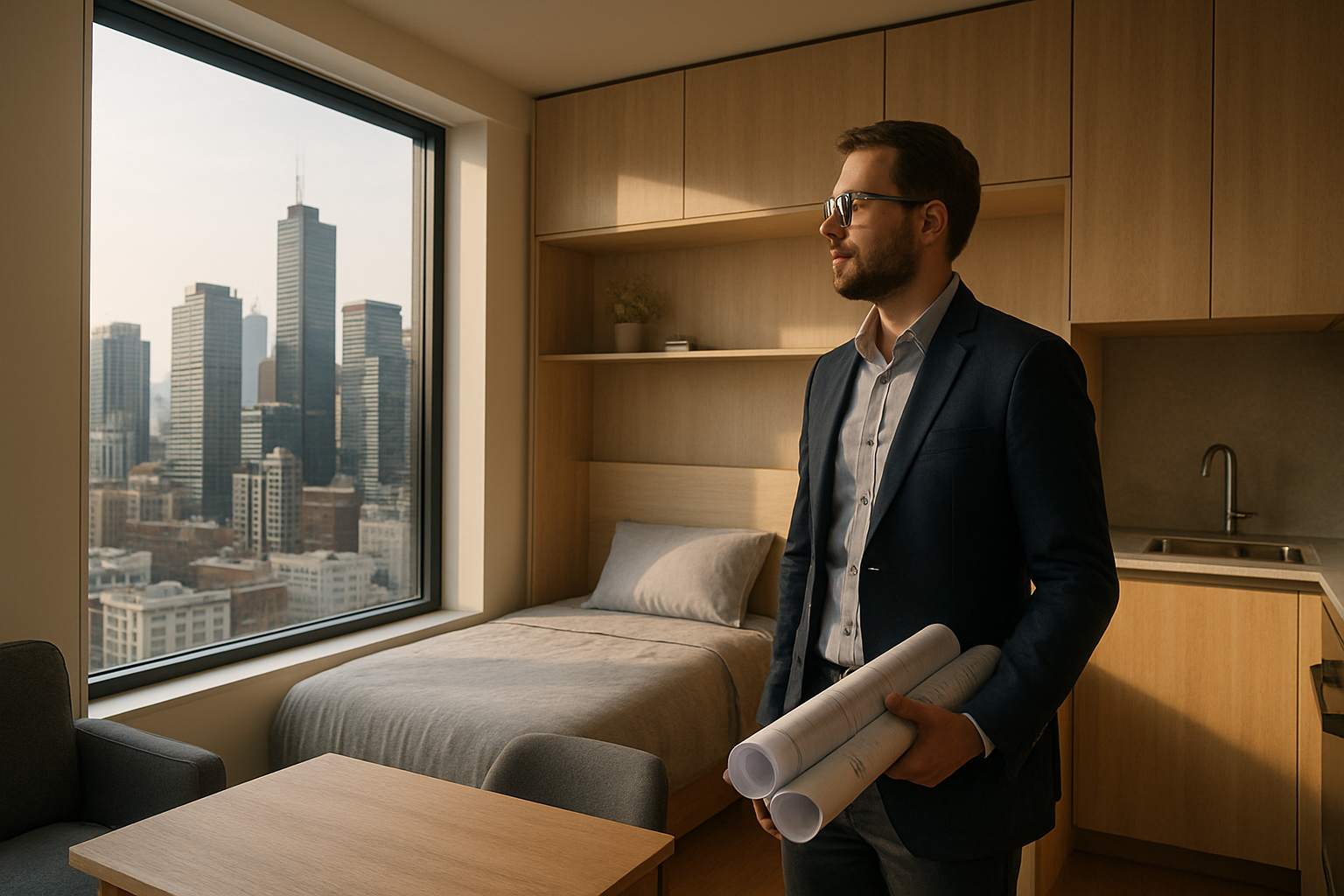Modern Door Designs in India 2025: A Blend of Tradition, Style & Smart Functionality
In 2025, Indian homeowners are redefining what a door represents — not just an entry point, but a statement of design and identity. Across the country, from sleek urban apartments to traditional villas, door designs are merging cultural craftsmanship with contemporary innovation. The modern Indian door now symbolizes durability, style, and intelligent functionality, reflecting the evolving architecture and lifestyle of today’s India. The surge in sustainable materials, advanced locking systems, and customizable aesthetics is transforming how homeowners approach their entrances. The door is no longer simply a barrier for privacy or protection — it’s a key feature that unites beauty, safety, and technology under one frame.

The door to your home serves as the first impression and the final safeguard. In India, where architectural diversity spans from heritage havelis to modern apartments, door design has become a crucial element in defining living spaces. The year 2025 marks a significant milestone where technology, sustainability, and aesthetics converge to create door solutions that are both functional and visually striking.
Why Door Design Defines Indian Living Spaces
In Indian culture, the entrance holds profound significance. The threshold represents transition between public and private realms, and the door itself often carries symbolic meaning through motifs, materials, and colors. Contemporary Indian homes increasingly reflect this cultural consciousness while adapting to modern requirements. Door design now influences interior aesthetics, natural light distribution, ventilation patterns, and even energy efficiency. Urban apartments demand space-saving solutions like sliding or folding doors, while independent houses explore grander entrances with double doors and artistic panels. The choice of door design directly impacts room proportions, privacy levels, and overall home ambiance. Additionally, security concerns have elevated door selection from a purely aesthetic decision to a critical safety consideration, with reinforced materials and smart locking systems becoming standard expectations.
Leading Door Design Trends in 2025
The Indian door market in 2025 showcases several prominent trends. Minimalist designs with clean lines and flush surfaces dominate urban spaces, often featuring concealed hinges and handleless mechanisms. Smart doors equipped with biometric locks, video doorbells, and app-controlled access systems are gaining traction among tech-savvy homeowners. Traditional jali work and carved wooden panels are being reimagined with contemporary patterns, creating fusion designs that honor heritage while embracing modernity. Glass doors with frosted or tinted finishes are popular for interior spaces, enhancing natural light while maintaining privacy. Pivot doors with off-center hinges create dramatic entrances in luxury homes. Sustainable materials like reclaimed wood, bamboo composites, and recycled metal are preferred by environmentally conscious buyers. Customization has become the norm, with homeowners collaborating with designers to create unique door solutions that reflect personal style. Color trends lean toward natural wood tones, matte black finishes, and earthy neutrals, though bold accent colors are emerging in creative spaces.
Most Used and Reliable Door Materials in India
Material selection significantly impacts door longevity, maintenance, and performance. Solid wood remains a traditional favorite, with teak, sheesham, and mango wood being popular choices for their durability and aesthetic appeal. However, solid wood requires regular maintenance and is susceptible to termite damage and warping in humid climates. Engineered wood and plywood doors offer cost-effective alternatives with better moisture resistance and dimensional stability. These materials are often veneered with attractive finishes to mimic solid wood appearance. Fiber-reinforced plastic (FRP) doors have gained popularity for their water resistance, making them ideal for bathrooms and areas exposed to moisture. Steel and aluminum doors provide superior security and fire resistance, commonly used for main entrances in commercial and residential buildings. UPVC doors are increasingly chosen for their low maintenance, thermal insulation, and weather resistance, though they may not suit traditional architectural styles. Glass doors, when tempered or laminated, offer safety and elegance for interior applications. Composite doors combining multiple materials deliver balanced performance, addressing specific requirements like sound insulation, thermal efficiency, and structural strength.
How to Select the Ideal Door for Your Home
Selecting the right door involves evaluating multiple factors beyond appearance. Begin by assessing the door’s purpose—main entrance, interior room, bathroom, or balcony—as each requires different specifications. Consider your climate zone: coastal areas need corrosion-resistant materials, while regions with extreme temperatures benefit from insulated options. Security requirements should influence material thickness, lock quality, and frame strength, especially for external doors. Budget allocation must account for not just the door itself but also hardware, installation, and long-term maintenance costs. Measure door openings accurately, considering both standard and custom sizes. Evaluate maintenance commitment—some materials demand regular treatment while others remain virtually maintenance-free. Aesthetic compatibility with existing architecture ensures visual harmony. Check for certifications and quality standards, particularly for fire-rated or soundproof doors. Consult with experienced carpenters or door specialists who understand local conditions and installation challenges. Request samples or visit showrooms to assess finish quality and construction details. Consider future needs: smart-ready doors can be upgraded with technology as requirements evolve. Finally, verify warranty terms and after-sales service availability from manufacturers or suppliers.
| Door Type | Material | Approximate Cost Range (INR) | Key Features |
|---|---|---|---|
| Solid Wood Door | Teak/Sheesham | 15,000 - 50,000 | Durable, aesthetic appeal, requires maintenance |
| Engineered Wood Door | Plywood with veneer | 8,000 - 25,000 | Cost-effective, moisture resistant, stable |
| FRP Door | Fiber-reinforced plastic | 5,000 - 15,000 | Waterproof, low maintenance, lightweight |
| Steel Door | Mild steel with coating | 10,000 - 30,000 | High security, fire resistant, durable |
| UPVC Door | Unplasticized polyvinyl chloride | 12,000 - 35,000 | Weather resistant, thermal insulation, low maintenance |
| Smart Door | Various with technology | 25,000 - 80,000 | Biometric locks, app control, enhanced security |
Prices, rates, or cost estimates mentioned in this article are based on the latest available information but may change over time. Independent research is advised before making financial decisions.
Maintenance and Longevity Considerations
Proper maintenance extends door lifespan and preserves appearance. Wooden doors benefit from annual polishing or varnishing to protect against moisture and insects. Regular cleaning with appropriate solutions prevents dirt accumulation and finish degradation. Hinges and locks require periodic lubrication to ensure smooth operation. Check weather stripping and seals annually, replacing worn components to maintain energy efficiency. For steel doors, inspect for rust spots and apply protective coatings promptly. UPVC and FRP doors need minimal care—simple washing with mild detergent suffices. Smart door systems require software updates and battery replacements for electronic components. Address minor damages immediately to prevent escalation: small cracks, loose hardware, or misalignment issues are easier to fix when caught early. Professional servicing every few years ensures optimal performance, particularly for heavy or automated doors.
The evolution of door design in India reflects broader shifts in lifestyle, technology adoption, and design sensibilities. As we progress through 2025, the emphasis on personalization, sustainability, and smart integration will continue shaping choices. Whether you prioritize traditional craftsmanship, modern minimalism, or cutting-edge technology, the door market offers diverse solutions to match every vision and requirement. Making informed decisions based on material properties, functional needs, and long-term value ensures your door serves as both a welcoming entrance and a lasting investment in your home’s character and security.




